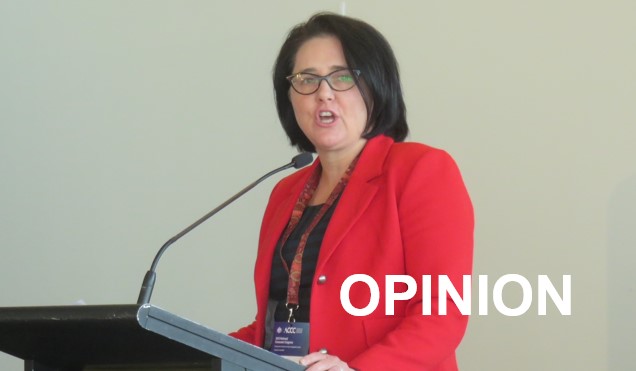OPINION: Scammers raid Australians’ accounts while banks hands-off approach stings
Tania Clarke, Acting CEO Consumer Action Law Centre
Last year bank customers in the UK experienced a 17% drop in scam losses while in Australia, bank customers experienced a 62% increase. Between 2019 and 2022 reported scam losses via bank transfer in Australia increased by a staggering 200%. The Australian Competition and Consumer Commission (ACCC)’ Scamwatch report revealed that over $3 billion of losses were reported in 2022 and said this is a conservative estimate because 87% of people don’t report.
These figures paint a disturbing picture of the outsized vulnerability of our citizens to scams, and the bad news is that things are likely to get worse.
It’s clear from the data that organised criminals, who have the backing of local and international scam operatives, are targeting Australians’ hard-earned savings and are dipping into them as they please. Tens of thousands of people are being ripped off each year, with the financial losses causing untold grief and hardship. This includes retirees who call our debt helpline, distraught that they’ve lost their retirement funds. It includes families who are having to cut back on food and other essentials because they’ve had their money stolen and can’t keep up with the rising cost of living.
Sadly, many Australian scam victims will never see a cent of their looted savings again. An Australian Securities and Investment Commission (ASIC) report released in April found the major banks reimbursed only 2-5% of their customers losses, last financial year. This uneven playing field – where customers of ANZ, Commonwealth, Westpac and NAB carry 96% of scam losses – means our banks have little skin in the game when it comes to stopping scams.
This is not the case in the UK where banks have been working hard to protect their customers for years, and where a majority of bank customers have been reimbursed by their bank after they have been tricked and scammed.
The UK Parliament has passed legislation that will requires UK banks to reimburse their customers for scam losses. This comes off the success of a four-year voluntary code, which the major banks signed up to and saw the 10 biggest banks reimburse 66% of losses. From next year, all UK banks will have to reimburse customers who have been scammed, except in cases of gross negligence or complicity.
The Australian Banking Association (ABA) says the UK model will make Britons a soft target for scammers but the figures for UK and Australian losses prove this wrong. So, what is behind the UK’s downward trajectory while Australian scam losses climb to such heights minister for financial services Stephen Jones describes the situation as a “scamdemic”?
The answer is simple: When banks are financially liable for scam losses, they are incentivised to mobilise all the many tools at their disposal and to invest in the technologies needed to stop scams from happening in the first place.
Australian banks have been implementing some of these vital changes but at a snail’s pace and tinkering around the edges of this crisis. Our banks have the resources, they have the data, and they have access to the AI technology that can help them identify rogue accounts and irregular customer transactions. The Federal Government needs to step in now and force Australian banks, through an enforceable mandatory code, to reimburse customers.
Bank transfer remains the most common method scammers use to steal people’s money, but our online payment systems do not meet world’s best standards. Pay ID and confirmation of payee need to be implemented across the Australian banking network, security must be improved, and friction introduced to allow enough time for appropriate checks to be made.
The ABA’s latest initiative to tackle scams is the Fraud Reporting Exchange (FRX), which it says will help signatory banks ‘freeze’ fraudulent payments by speeding up inter-bank communications to ‘almost real time’. While the FRX is a positive step in the right direction, there are no legal standards around what information banks must send to it, or how they use information received. It’s a completely voluntary set-up. Victims of scams have no legal right to find out whether their bank failed to act on information from the FRX. A recent ASIC report found the big four banks only detected and stopped around 13% of scam payments last year, leaving the vast majority of their customers exposed.
It is clear that our major banks are not going to voluntarily lead the way and offer to reimburse customers, who through no fault of their own, get tricked into departing with their hard-earned money. The Australian market has failed to introduce the safeguards needed to protect our money online and Government must act to fill the void.
ENDS
Media Contact: Mark Pearce Tel :0413 299 567 E:Mark@consumeraction.org.au


